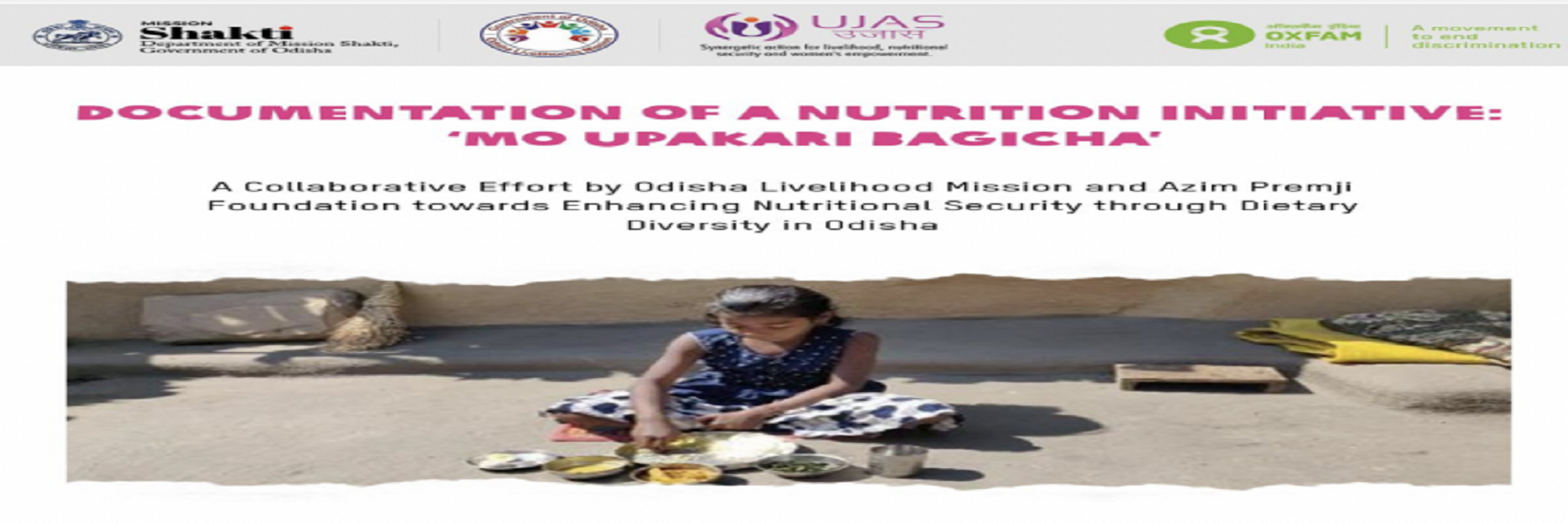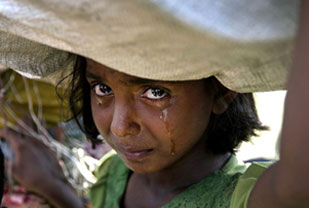Empowerment Not Age: Examining The Complexities Of Child, Early And Forced Marriages
Humanitarian Responses


The Prohibition of Child Marriage Act, 2006 is the legal safeguard against child marriage in India. It retains the provision from 1978 which fixes the minimum age of marriage to 18 years for girls and 21 years for boys. In 2006, an amendment was introduced in which underage marriages could be made void by the minors involved within two years of gaining majority. At the same time, marriages were not made compulsorily void recognizing the fact that there are many circumstances in which girls may not want to opt out of marriage including not having the support to opt out of a marriage and that not all underage marriages are necessarily coercive. The idea was that as civil society and social activism increased and the implementation of the Act strengthened, there would be more support for girls to opt out of marriage or resist being married at a younger age.
Over the years, there have been impressive gains in reduction in child marriage from 47% in 2005-2006 to 27% in 2015-2016. The pace of child marriages have slowed. Interestingly, the phenomenon of child marriage has come to be replaced by early marriage. The mean age of marriage among girls now ranges between 15 to 18 years, compared to the phenomena beginning at age 10-12 in the past. This points to a shift from child marriages to early adolescent marriages.
However, recent developments in the area of child and early marriage have raised concerns. Several government strategies, in seeking to be ahead of the game on global indicators like the SDGs, have neglected the ground realities and well-being of young people. In states like Karnataka (2016) and Haryana (2018), child marriage was deemed void ab initio i.e. the underage marriage will not be recognized and be made redundant from the beginning. Furthermore, the 2008 Law Commission Report (205th Report) opined that all child marriages need to be made void.
However, is making all early marriages void a good idea? Such a move looks good on paper. But it ignores the fact that that child and early marriage is a social issue, that marriage is an important social as well as legal milestone in a girl’s life and girls also accrue a variety of rights through marriage, such as property rights, insurance and compensation in case of death or disability of spouse, access to reproductive and health services etc. If these important rights are linked to marriage, what does a woman do about a marriage that is no longer recognized in the books of the state?
Similar concerns have arisen in the recent proposed amendment to increase the age of marriage of girls from 18 to 21 years. A Task Force was set up by the Government in 2020 to examine this proposal. Over the years, the move to raise the age to 21 has been supported by shifting narratives. The rationale has ranged from improvements in maternal health, gender equality, women empowerment to women’s nutrition and livelihood. One of the most important questions asked are- why should there be a difference in the minimum prescribed ages for girls and boys? This begs the question – can a mere formal equality between the age of marriage of girls and boys ensure any substantive change in their lives? Is the education of women, her health and her skills automatically going to improve if the law books change the age of marriage to 21 years?
The NFHS-5 (2020) survey clearly points out that undernourishment and anemia continue to be high, these being the primary factors affecting maternal health. The relationship between indicators is also complex as shows the dismal fall in female labor force participation, even as the number of women marrying at a young age are reducing simultaneously. Hence, there does not seem to be a simplistic relationship between preventing early marriages and automatically providing livelihood, education, empowerment or even nutrition to women and girls. Social issues with their complexity need to be addressed using grounded strategies and also with enormous political will, and not merely an amendment.
The campaign, “Empowerment Not Age” urges policy-makers to look beyond age and focus on the factors that are substantively going to improve the well-being of girls. The root causes of early marriage lie in school-dropouts due to unequal access to school infrastructure, improper sanitation, sexual harassment and the digital divide for online education during the COVID crisis. Dropping out of school is a great predictor of early marriages. 15 to 18 years is where the maximum number of girls are getting married in India today. Hence, gender gaps open up in secondary school education with only a 50-60% enrollment rate for girls. Poverty is another predictor for early marriages and is highest amongst the poorest quintile followed by the poorer. Furthermore, these include a large proportion of socially marginalized communities like the Dalit and Adivasi.
Thus, it is in imparting education, skilling and gainful employment that we can truly empower women. It is only by looking at the lived realities of girls in totality, that we can understand the importance of addressing the structural issues at play. Merely changing the age of marriage cannot ensure an improved material reality for girls. The insights provided by Amita Pitre were truly enriching and received with enthusiasm by the audience. In conclusion, she stressed the importance of keeping the needs and well-being of young people at the center in such policy-making and emphasized empowering youth with information and education to take charge of their lives in a better way.
On 8 February, Gender Justice India featured Amita Pitre, Lead Specialist, Gender Justice who works with Oxfam India. The theme of the webinar for this month was Empowerment Not Age – Examining the complexities of child, early and forced marriages. The issue of child and early marriages has come alive again in light of the recent debate surrounding the proposed amendment to increase the age of marriage for girls from 18 to 21 years. Amita is leading the campaign #EmpowermentNotAge to urge a greater reflection on the consequences of such a change. It raises awareness on the perils of uncritical amendments in laws without considering ground realities and deeper structural issues.
📢Oxfam India is now on Telegram. Click here to join our Telegram channel and stay tuned to the latest updates and insights on social and development issues.
Check you latest news


